Once again, members of the global Break Free From Plastic movement, community groups and individuals have set out to answer the question – Who’s responsible for the plastic pollution plaguing our communities, natural environments and especially our oceans?
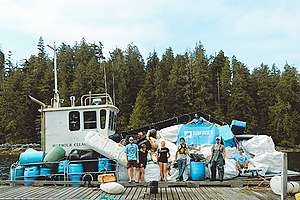
Surfrider Foundation – Credit: Nicole Holman
This year, Greenpeace partnered with Surfrider Vancouver, Surfrider Vancouver Island, Surfrider Pacific Rim, members of Master Recycler Vancouver, Ecology Action Centre, Coop de solidarité Éconord, a small group of university students from France, and Greenpeace volunteer local group members to see who are the major culprits in Canada.
From April to September, nearly 400 volunteers participated in helping to gather data from nine locations across Canada. Plastic pollution was collected, sorted, categorized and recorded to determine the different types of pollution generated by our throwaway culture and the companies that fuel it. Today, we are sharing the results along with reflections from some of our partners!
Drumroll……..
The usual suspects :/
It may come as no surprise that at the top of the list are Nestlé and Tim Hortons. They have retained the first two spots on our Top 5 Plastic Polluters list for the second year in a row.
As Canada’s most iconic plastic pollution, the Tim Hortons cups were recognizable across locations, and Tim’s products were the most collected items at six of the nine locations! Nestlé’s second year at number one gives more fodder for Greenpeace’s global campaign that calls on the world’s biggest food company, that uses almost two million tonnes of plastic a year, to commit to move away from plastic once and for all and embrace reusables.
New this year is Starbucks, which ends up in third place. Closely behind are McDonald‘s and The Coca-Cola Company, both of which made the list in 2018.
These five companies alone account for 39% of all waste collected and identified during clean-up operations. This is not surprising considering the astronomical amount of disposable packaging they produce all year round.
“This was incredibly eye-opening for many of our volunteers to not only see the amount and types of garbage we were collecting, but also see the many different brands that are responsible for that waste. On this day we collected the most waste from the Tim Hortons brand. Surfrider Foundation Vancouver Island recognizes that educating people to make better consumer choices is only half the battle, it must also be about holding the companies responsible for the waste they are producing is key to ending plastic pollution.” ~Chris-Ann Lake, Co-Manager l Surfrider Vancouver Island
Despite their many statements about the recyclability of their products or the efforts made to switch to alternative materials such as paper or bio-based plastics that are often noted as “compostable” or “biodegradable”, these brand and waste audits have exposed the truth behind their greenwashing.
Shifting the problem does not solve it
During the cleanups, “recyclable” plastic packaging and “100% recycled” plastic bottles were collected on beaches, river banks and parks across Canada, while paper straws and “compostable” cups or “biodegradable” bags were found perfectly intact.
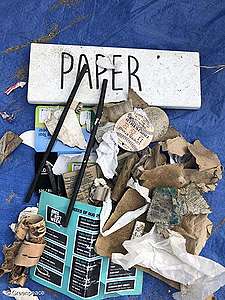
Paper products including paper straws collected during the cleanup at Kits Beach on Coast Salish Territory, Vancouver, B.C.
After cigarette butts, the most commonly collected single-use plastic item categories were bottles and caps, food wrappers, cups and lids, and straws and stir sticks. Plastic bags also made the top 10.
The major producers of single-use plastic products continue to deflect the responsibility back on their customers, requiring them to bring their own containers, recycle or dispose of things properly and then either pay through taxes to clean up the waste or physically pick it up themselves in their communities.
“We cleaned an estimated 6 km of coastline during our 8-day remote shoreline cleanup in the Broken Group Islands this past August, which is astonishing considering the mountain of plastic we retrieved. The BC coastline is 25,725 km, and the Canadian coastline is 243,042 km. This makes it clear that we cannot clean our way out of the plastic pollution crisis, we need to collect data and conduct audits so that we can gain information that will assist us in addressing the roots of this persistent global problem. “ ~Lilly Woodbury, Chapter Manager/Surfrider Pacific Rim
In Canada, 86% of plastics recovered end up in landfills, a tiny 9% of it is actually recycled, and the rest is either burned or ends up in the environment. It may not seem like a lot in terms of percentage, but when you consider the billions of throwaway plastics we use each week in Canada, and around the world, it’s little wonder that a garbage truck worth of plastic leaks into our oceans every minute.
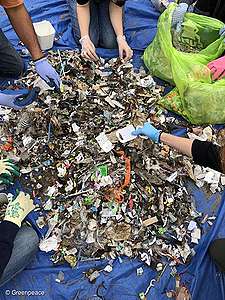
Pile of trash collected during the cleanup at Kits Beach on Coast Salish Territory, Vancouver, B.C.
Knowing this, it is clear that we cannot allow corporate responsibility to stop at the sales counter. It is time for these polluters, and all companies reliant on disposable plastics and packaging, to get real about their problem and its impacts on the environment and ourselves. That is why Greenpeace is urging these companies to rethink their distribution systems by opting for reusable solutions.
Today, you can say enough is enough to the top polluters in 3 ways. Engage the five polluters online by writing to them on Twitter, rating them through Google Review and writing directly to their customer service department so that they get the message directly from you!
To learn more about the results of the audit, check out our media briefing.
Change is coming and our movement is growing. Together we can create a brighter, plastic-free future!


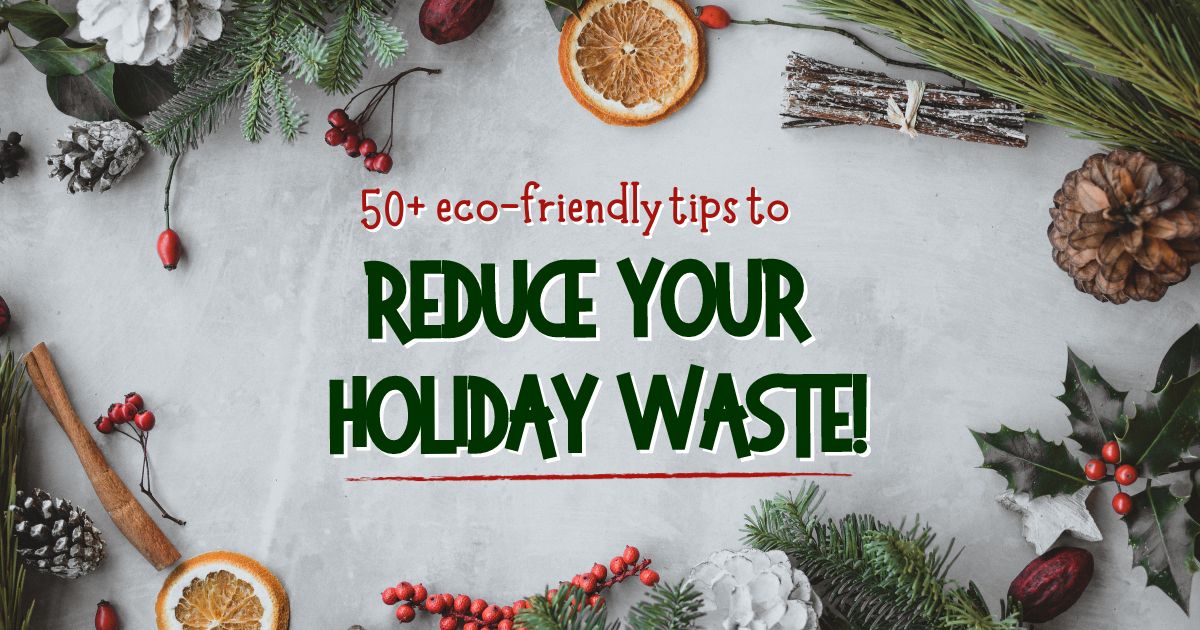
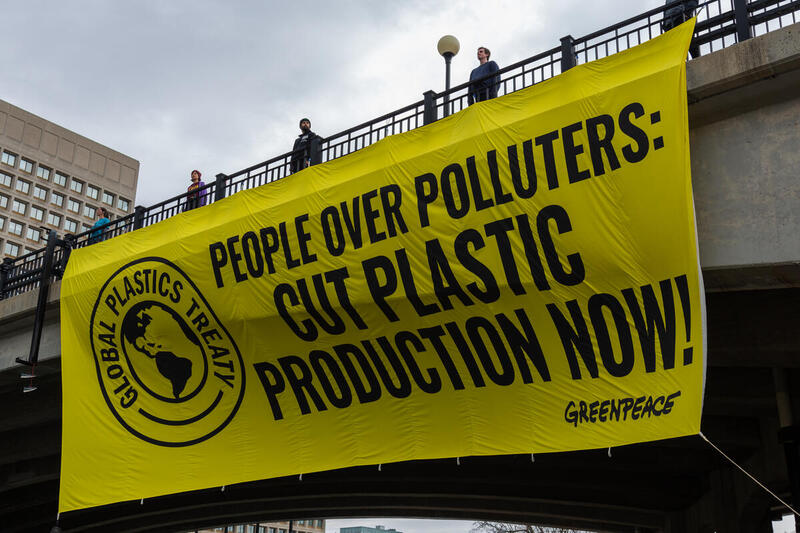
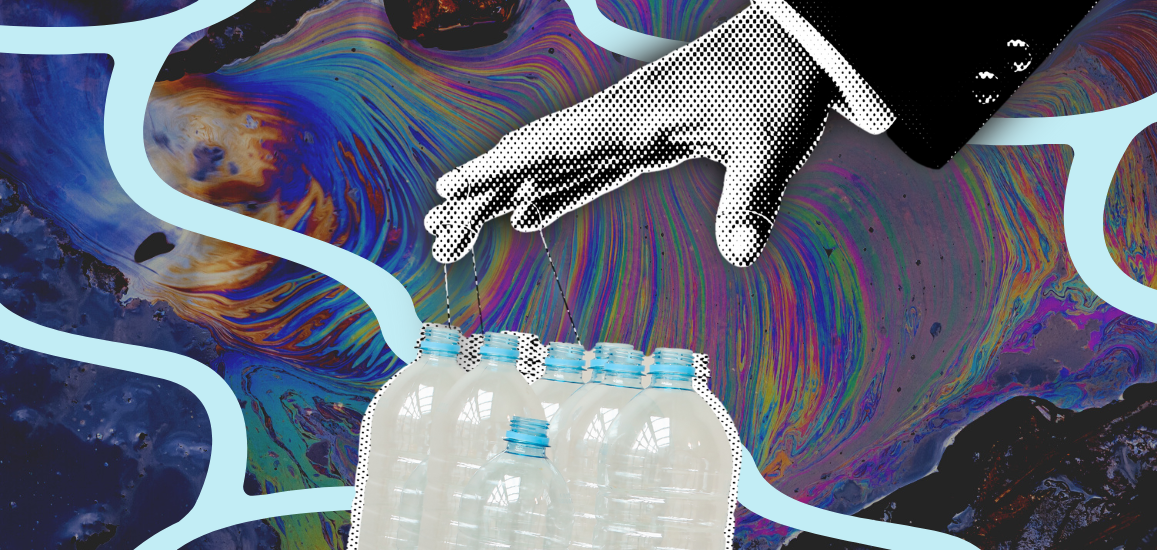
Discussion
Is it just me or can some one at Tim Hortons explain why there are NO outside garbage receptacles at their sites. I live in Kingston Ontario and find it appalling that I am given no opportunity to leave my Hortons garbage at their site! I see Tim Hortons cups everywhere on the streets and no wonder!
It’s a shame for sure - however it still appears that people are the problem. Both in purchasing the products and failing to dispose of them properly. I am unclear as to how naming the company that sells the product is a solution. If the demand for those products form people drops the product won’t be around. People need to take the first action and corporations will follow. Telling them to change when consumption habits don’t won’t get you very far...it’s all about the $$$
This is a most informative article and I wish to thank you and the others working with you, for all your extremely hard work. Many years ago our family banned Tim Horton’s, all Nestle products, Starbucks, Coca Cola and MacDonalds. They are totally irresponsible and have no conscience regarding the World and her environment. Thank you, again, for all you do....
We need to go back to what we used before plastic was invented.It’s ruining our planet .I agree with the ban on plastic ASAP
Plastic recklessly thrown on the ground and end up in oceans cause the agonizing death of over marine animals per year! Manufacturers need to start making reduce unnecessary use of plastics in their packagings.
I think the government bam should include cups and tops. Also include bottles They may be recycle, the problem is most people do not do so. Could we go back to water in bottles and appreciably increase the cost so that they are returned or people to save money will use thermos bottles go back to glass, and chafrge more, so that people will eiether return them oar use thrmos bottles instead